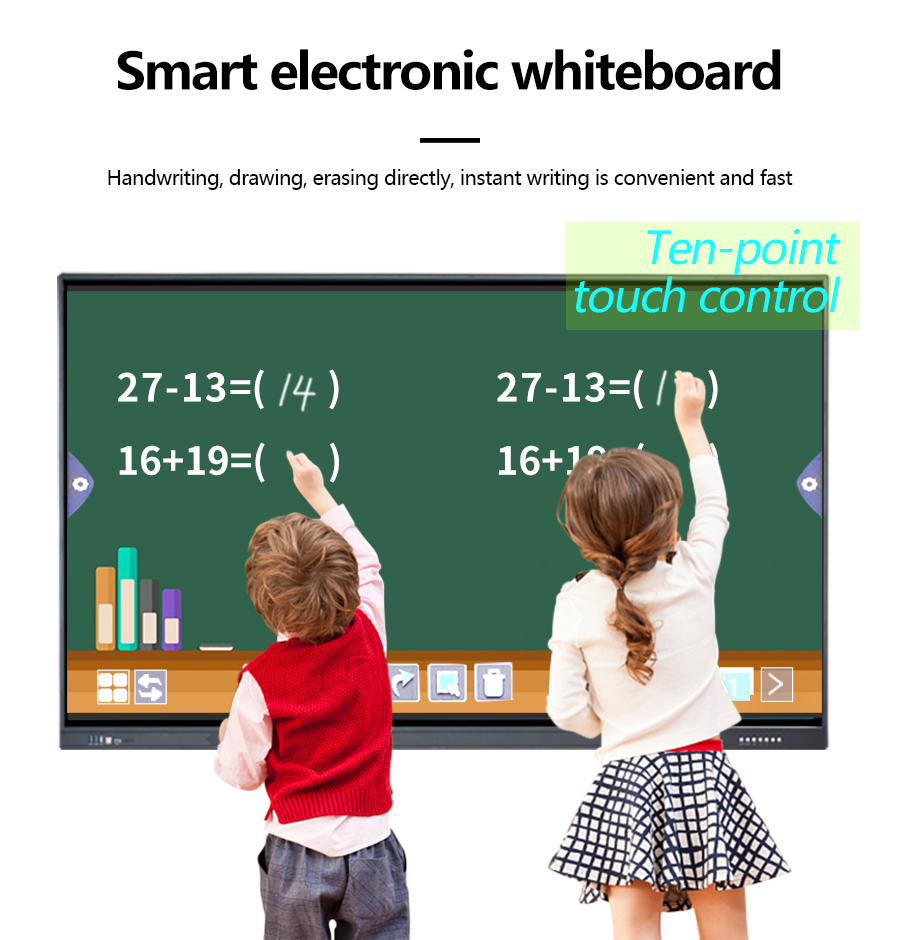First, the electric control valve product selection points 1. Electric control valve selection of the main control parameters: nominal diameter, design nominal pressure, medium allowable temperature range, flow coefficient and so on.
2. For the strict case where the required flow rate and opening height are proportional to each other, a dedicated regulating valve should be used. High-precision adjustment process requires the use of electric V-type regulating valve; caliber> 200 preferred electric butterfly valve series.
3. The sealing performance of the valve is one of the main indicators to evaluate the quality of the valve. Valve sealing performance mainly includes two aspects, namely inner leakage and outer leakage. Endoleak refers to the degree of sealing achieved by the media between the seat and the closure. Leakage is the leakage of the stem packing, the leakage of the stem gasket, and the leakage of the valve body due to casting defects. Leakage is not allowed to happen.
4. The ideal flow characteristics of the regulating valve include four types: quick opening, parabola, linear, and equal percentage. The valve with proper flow characteristics must be selected according to the actual working flow characteristics. The principle of selection of flow characteristics is shown in Table 1.
Table 1 Select the characteristics of the valve according to the piping
Note: S = pressure loss when the valve is fully open / total pressure loss of the series branch where the regulator valve is located.
In order to avoid the flow rate of water passing through the valve being too high and to save the power consumption of the pump as much as possible, it is advisable that the operating state of the valve be S ≤ 0.7. 5. The selection of the nominal diameter of the regulating valve should be determined according to the required valve flow capacity. The nominal diameter of the regulating valve should not be too large or too small. Too large, increase the engineering cost, and the valve is in a low percentage range, the adjustment accuracy is reduced, and the control performance is deteriorated. If it is too small, system resistance will increase, and even when the valve is 100% open, the system still cannot reach the set capacity requirement.
Second, the construction and installation points 1. Valve installation position, height, import and export direction must meet the design requirements, the connection should be firmly close.
2. The valve can use various forms of end and piping connection. The most important connection methods are threads, flanges and welded connections. When the flange is connected, if the temperature exceeds 350°C, the bolts, flanges, and gaskets should be loose and the high-temperature bolt material should be selected.
3. Before the valve is installed, a visual inspection must be performed. The nameplate of the valve shall comply with the provisions of the current national standard GB12220 "General Valve Mark". For valves with a working pressure greater than 1.0 MPa and a cut-off effect on the main pipe, strength and tightness tests shall be carried out, and they shall be used only after being qualified. Other valves may not be tested individually and shall be tested in the system pressure test.
4. In the strength test, the test pressure is 1.5 times the nominal pressure, and the duration is not less than 5 minutes. The shell and packing of the valve shall be free from leakage.
5. When the tightness test is conducted, the test pressure shall be 1.1 times the nominal pressure; the test pressure shall remain constant during the duration of the test, and the time shall comply with the requirements of Table 2 to ensure that no leakage of the valve sealing surface is acceptable. Table 2 Pressure Test Duration of Electric Control Valves
Third, the implementation of electric control valve standard electric actuator implementation standards:
JB/T8219-1999 Standard for Electric Actuator for Industrial Process Measurement and Control System
Testing and implementation of standard GB/T13927-92 "General Valve Pressure Test"
JB/T5296-91 "Test Method for General Valve Discharge Coefficient and Flow Resistance Coefficient"
JB/T8528-1997 "Ordinary Valve Electrical Device Technical Conditions"
Part of the engineering standards referenced in GB12220-89 "General Valve Markings" GB50243-2002 "Code for Acceptance of Construction Quality of Ventilation and Air Conditioning Engineering"
GB50242-2002 Specification for Construction Quality Acceptance of Building Water Supply, Drainage and Heating Engineering
JMSX Interactive Whiteboard provides a complete set of multimedia activities teaching equipment. The interactive whiteboard supports 20-point touch creen function and can accommodate multiple people to write at the same time. Smart board whiteboard also includes interactive graffiti, document sharing, document scanning code sharing, etc. The all-in-one interactive flat panel is equipped with windows system and Android system, and supports one-click playback of multimedia carriers such as video, ppt, and pictures. Flexible and easy to use, with strong scalability.

all in one interactive flat panel,touch screen electronic whiteboard,smart interactive board,interactive electronic board
Jumei Video(Shenzhen)Co.,Ltd , https://www.jmsxdisplay.com